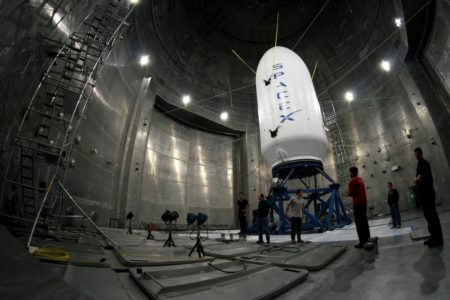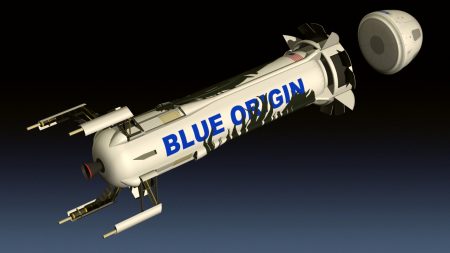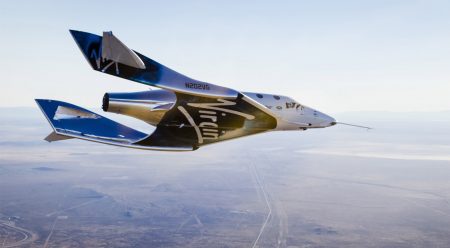April 5, 2017 – On the agenda for SpaceX this year, reflying at least 6 Falcon 9 first stages on commercial missions, and 12 in 2018. But recovering and reusing first stages of the Falcon 9 is only the first step. The rocket fairing used to protect the SES-10 communication satellite during the March 31st launch was also recovered by using a steerable parachute. Reused fairings are just one more saving in launch costs. And that’s not the end of it. SpaceX also plans to recover and reuse second stages as well, to cut costs by a factor of 100 or more.

SpaceX has invested more than a billion dollars in rocket design for reusability. Now comes the opportunity to begin recovering these costs. The company has plans to launch rockets at a rate of one every two to three weeks from its Kennedy Space Center pad and from Vandenberg Air Force Base in California.
Currently, the company has on its books some 70 missions worth $10 billion in launch fees. The plan is to incorporate used first stages on many of these flights. The current flown Falcon 9s are rated to fly up to 10 times without refurbishment and 100 times with moderate refurbishment. Eight flown boosters are currently in inventory. Two will be used in the launch of the Falcon Heavy this year. They will be strapped on either side of the main rocket. The plan is to recover and reuse all three first stages after that first test.
Not all is perfect in this first reusability test of the Falcon 9. On the first stage return to the drone ship off the Florida coast, the grid fins that provide guidance caught fire but managed to maintain integrity in the landing. The current fins are made of aluminum coated with thermal insulation. The replacements will be titanium.
Not to be left behind, Blue Origin, has plans to being launching tourists into suborbital space using the reusable New Shepard rocket which has been reflown five times since the first launch in November 2015. Space tourists will be on board sometime in 2018.

And then there is Virgin Galactic with its WhiteKnightTwo and VSS Unity spaceship. Last December the new spaceship underwent its first glide test flights achieving a maximum speed of Mach 0.6. VSS Unity will eventually carry space tourists on suborbital flights. But that’s not all. Virgin Galactic has also established Virgin Orbit, a new company that will use a Boeing 747-400 launch platform combined with a hitchhiking rocket, named LauncherOne, to put small satellites into low-Earth orbit. The aircraft, of course, will be fully reusable. The LauncherOne currently is not recoverable. But that too may change in time.











